"Apollo And Daphne Oil On Canvas Of The End Of The XVII Century Of After Ovid's Metamorphoses"
Large oil on canvas from the late seventeenth century: "Apollo and Daphne" from Ovid's Metamorphoses.beautiful mythological table with the myth of Apollo and Daphne, Apollo at the time or preparing to touch and seize Daphne it suddenly turns into laurel bush, his body gradually becomes the trunk, his arms and fingers the branches and the leaves of laurel.
the colors are superb and the two large figures stand on a landscaped background of high quality.
include printing the race Daphne and movement of the characters, the painter has captured the terror and the complaint of the woman.
canvas restored and in excellent condition, the restaurateur has revealed several significant enough repentance in the leg of Apollo, in his cloak in her finger.
the fabric is the second half of the seventeenth century and the setting is the twentieth century.
Myth Apollo and Daphne, according to Gian Lorenzo Bernini by Jean-Étienne Liotard, 1736 This is a mythological subject that implements the god Apollo and the nymph Daphne. The myth comes from the Metamorphoses of Ovid. Daphne was a nymph, daughter of the River God Peneus. In revenge Apollo, who made fun of him, Eros, god of love (aka Cupid) simultaneously let fly two arrows, one gold the god himself, which makes him mad love with the beautiful Daphne, the other lead on the nymph, which inspires disgust of love. While the Apollo continues it, exhausted, asks his father, the god Peneus, to help her. So his daughter metamorphosis into a laurel. Analysis This is a theme often represented in painting, but much sculpture as it is very difficult to reproduce the tension of the scene and the transformation of the laurel nymph. The composition of the work is helical. It's an idea that Bernini often uses in his works. It alternates rough surfaces, polished and chiseled. The work is made to have several points of view. The viewer can turn around and there is even invited because otherwise he can not see the entire work. Moreover all the work is treated with the same attention to detail, no part is left rough. Apollo has a drapery with great detail on very deep creases. The rendering is very realistic about the flesh. The Apollo musculature is slightly marked. The posture of the body amplifies the drama of the scene. The twist of the body is real. Apollo short to reach the nymph. You can see his left leg in the air which gives the feeling of a fast moving. Moreover drape is not glued to the body. It gives the impression of being driven by the stroke of God. The nymph in a last effort falls forward as to approach the sky. The ultimate leap of despair is noticeable by the twisting of the body and the sensation of movement. The processing of faces is very neat. We see Daphne frightened, his face revealing his fear. While Apollo to look surprised. He does not understand what is happening. The treatment of the flesh is impressive but that of the hair is more. Fine carvings on the Apollo hairstyle mimic a real hair. Finely crafted earrings are made of small twists. The treatment of hair nymph is slightly different. The artist alternates a chiseled end with a kind of not finishing. This enhances the realistic effect of the hair. The treatment is very important on the parts that are beginning to transform, for example on the toes that turn into root or bark begins to wrap the young nymph, hands on his fingers that become branches laurel or even her hair, which turns slowly. The woman gives way to the plant, to the tree. We see this evolution of the body of the nymph along the Apollo astonishment. Bernini achieves an outstanding feat by managing to show both the motion of the prosecution and the transformation of the nymph at the fateful moment of the myth. It turned out when the sculpture was cleaned some years ago, that the marble bay leaves tinkling crystal. Influences [edit | modify the code] Ecstasy of St. Teresa in the Cornaro chapel Bernini is a painter and an architect but is primarily a sculptor. His works are part of the baroque movement because it highlights the facial expressions, the rendering of flesh, printing stage movements are frozen at their peak. He will be regarded by his contemporaries as the best sculptor of his time. The Ecstasy of St. Theresa and the group of four statues remain his most famous works. Even after his death he continues to influence many of his contemporaries with his students Giuliano Finelli [1601-1657], Antonio Raggi [1624-1686], Ercole Ferrata [1610-1686] that will broadcast to the late seventeenth century and early next century style "Bernini", which will influence great sculptors such as Pigalle and Canova.
source wikipedia



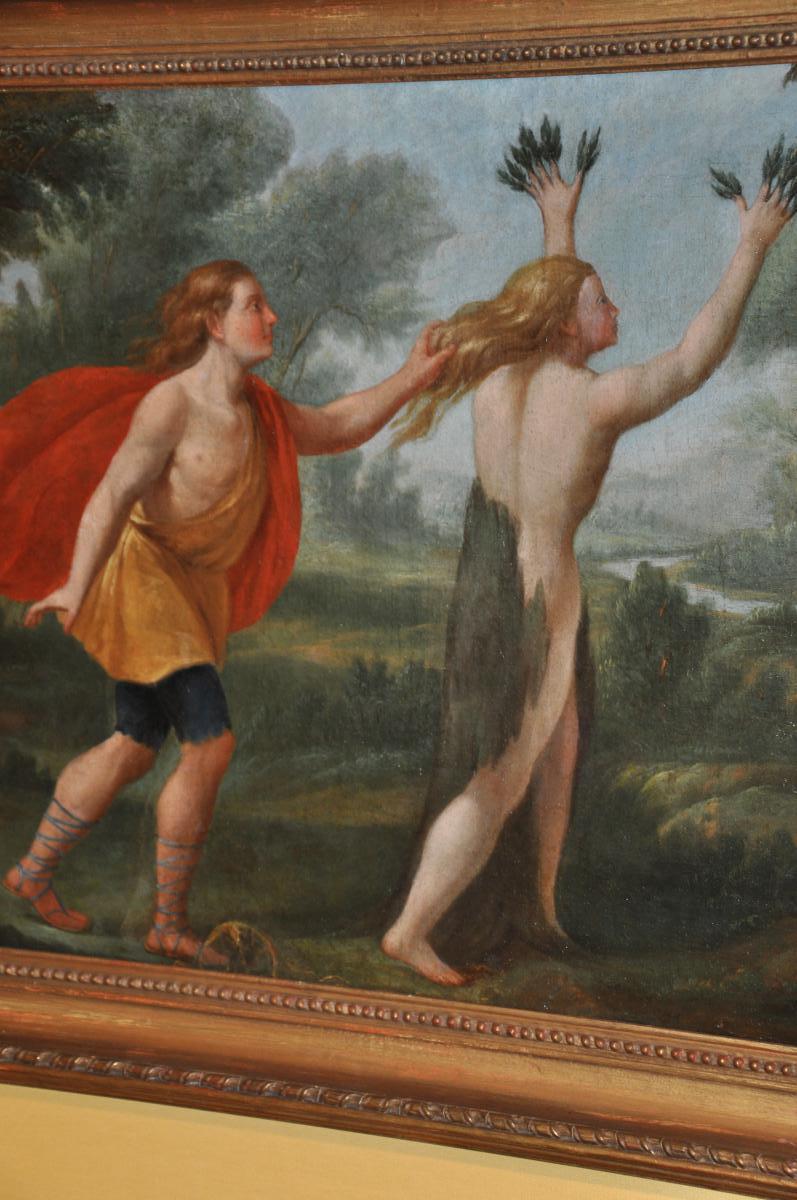
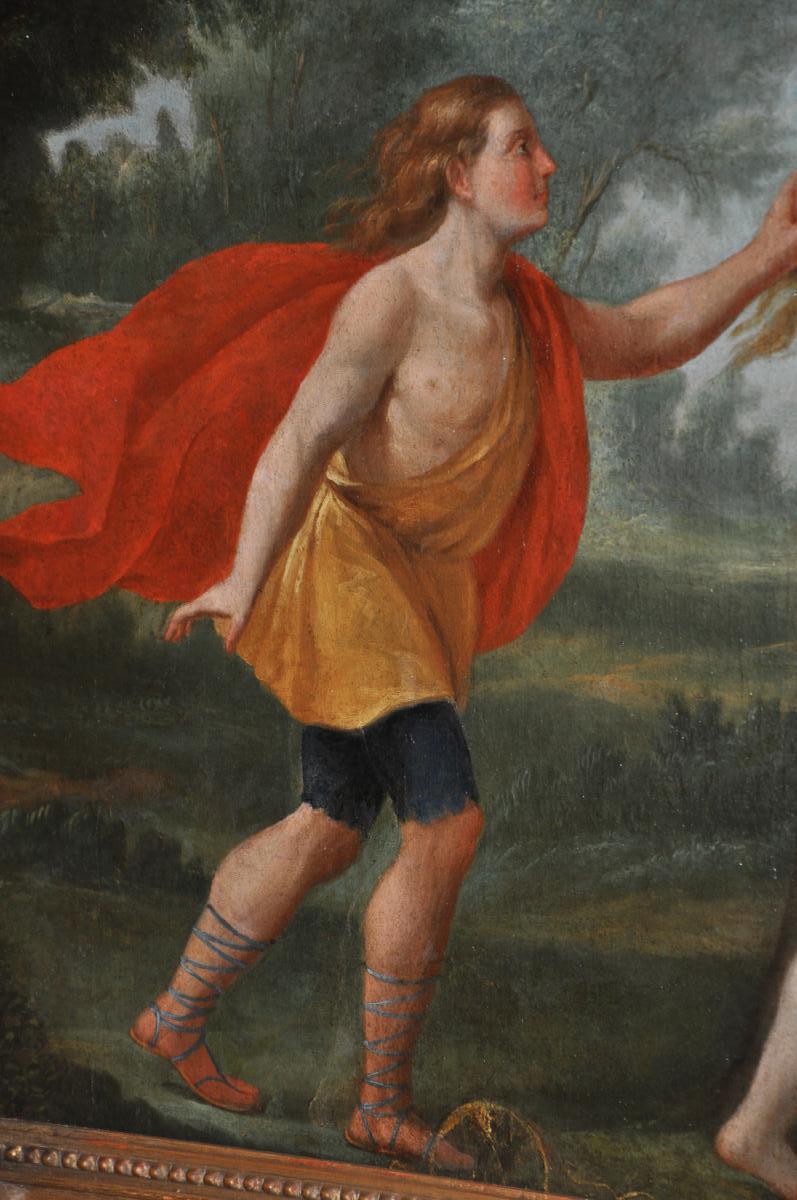
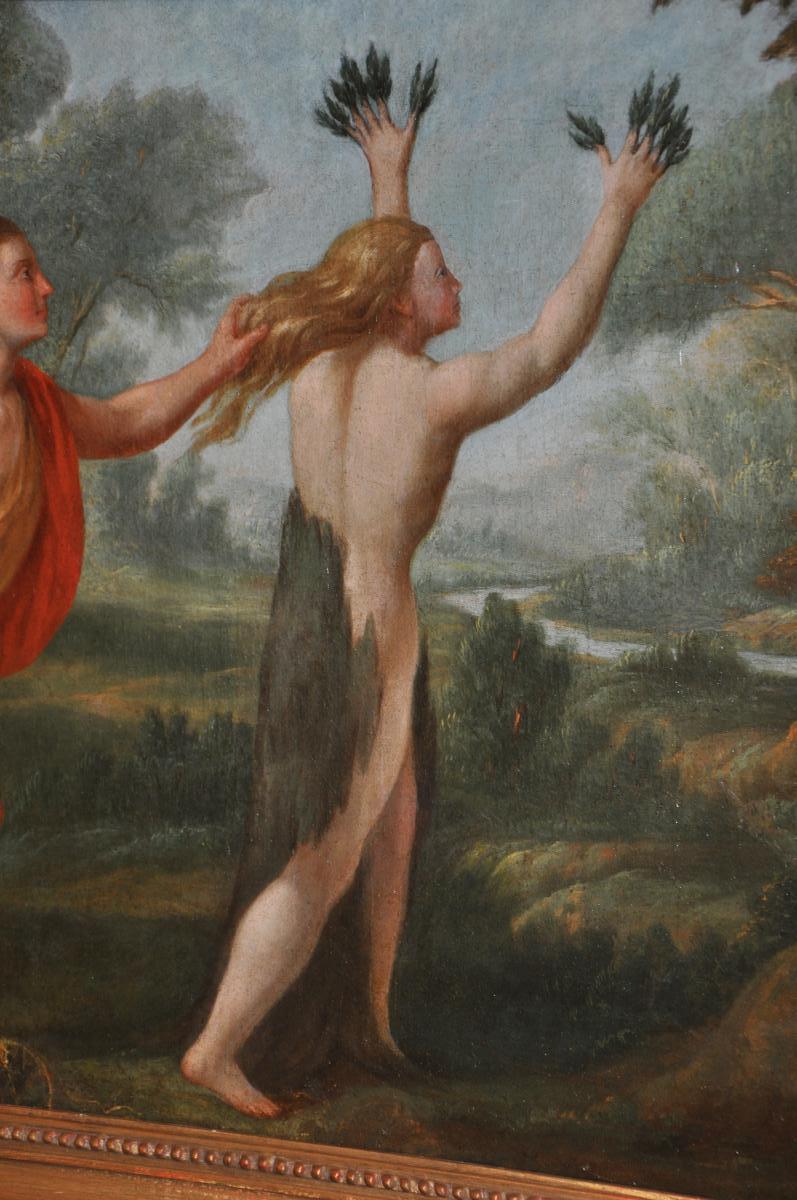
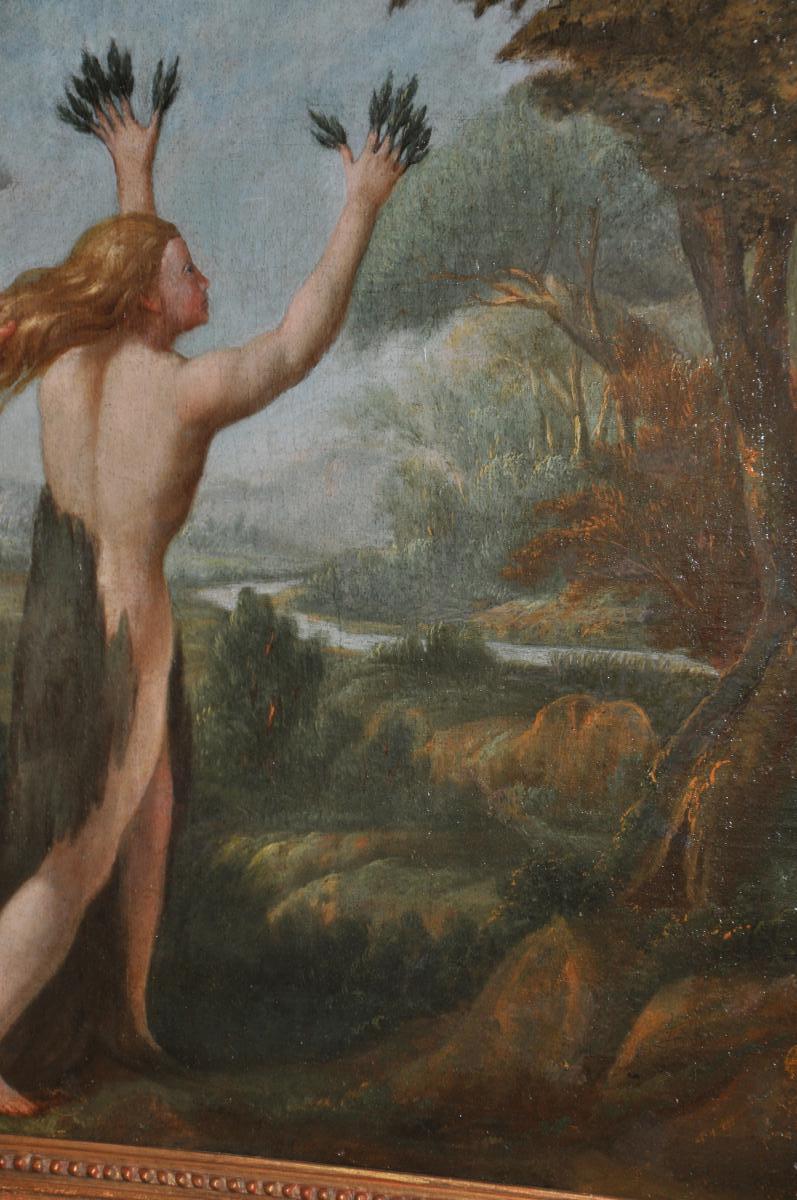
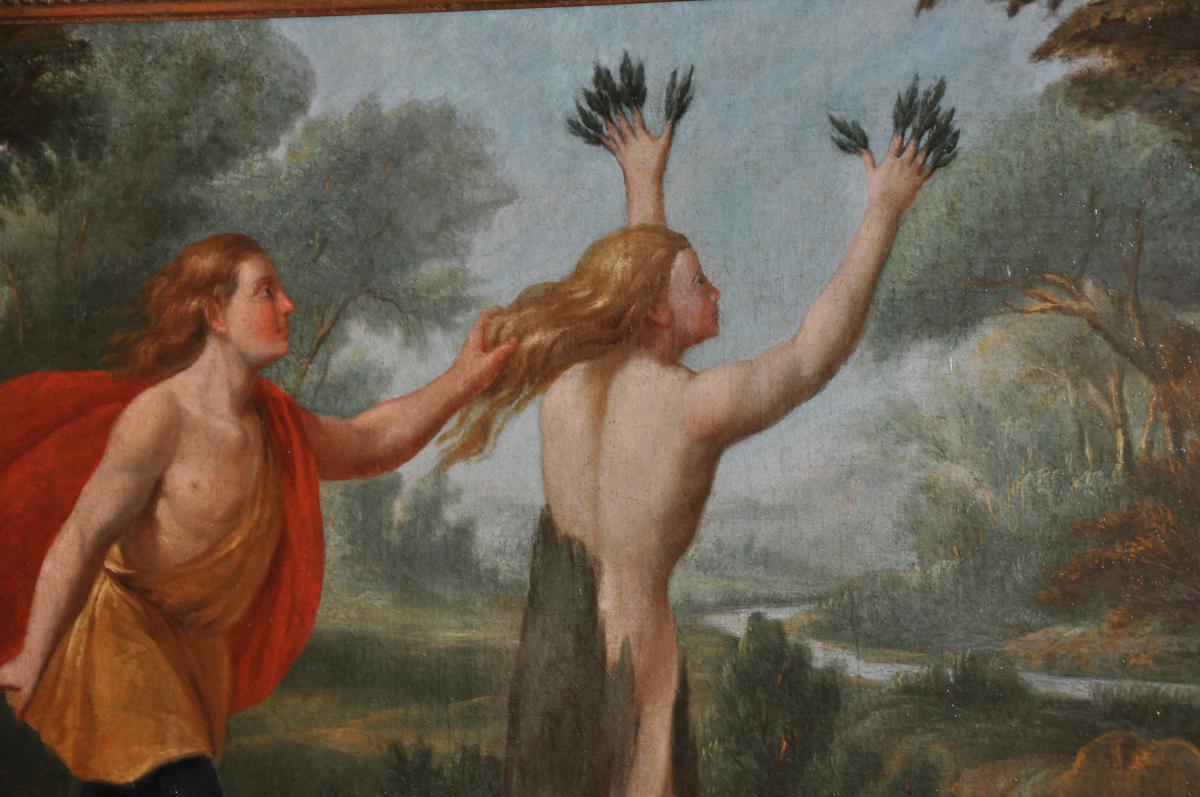
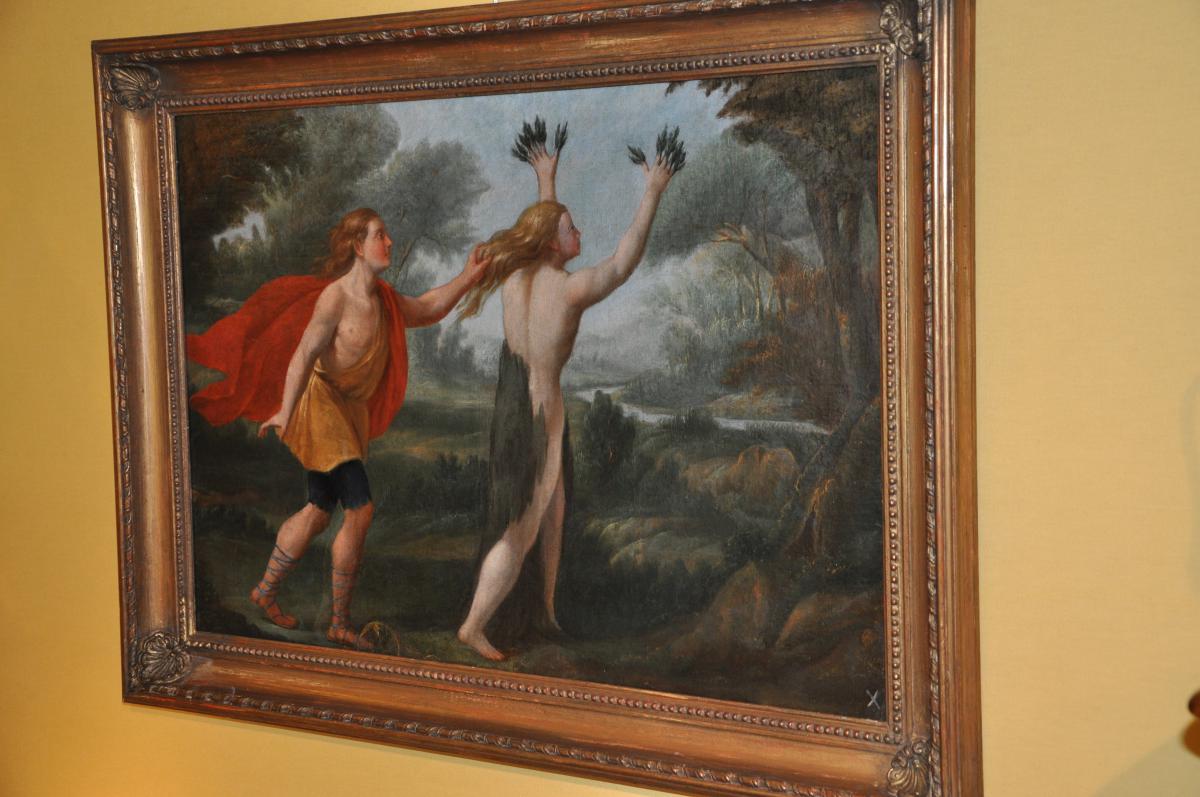
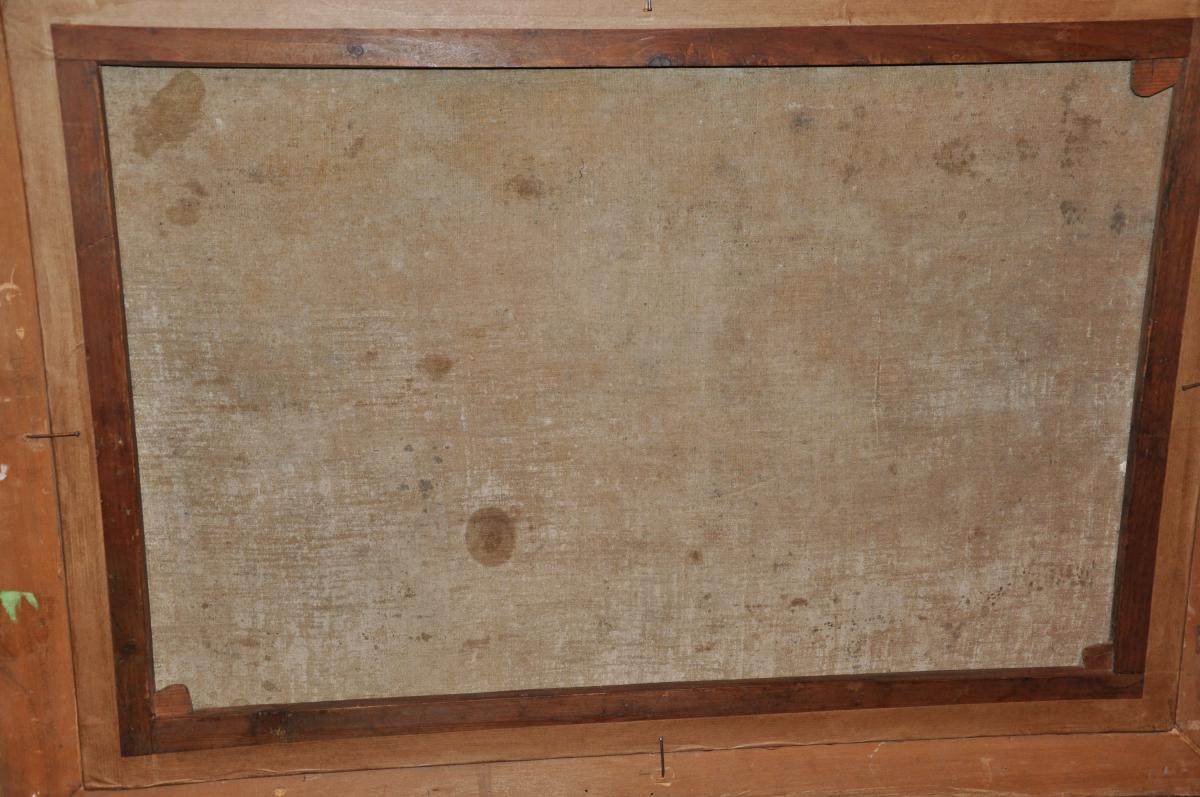
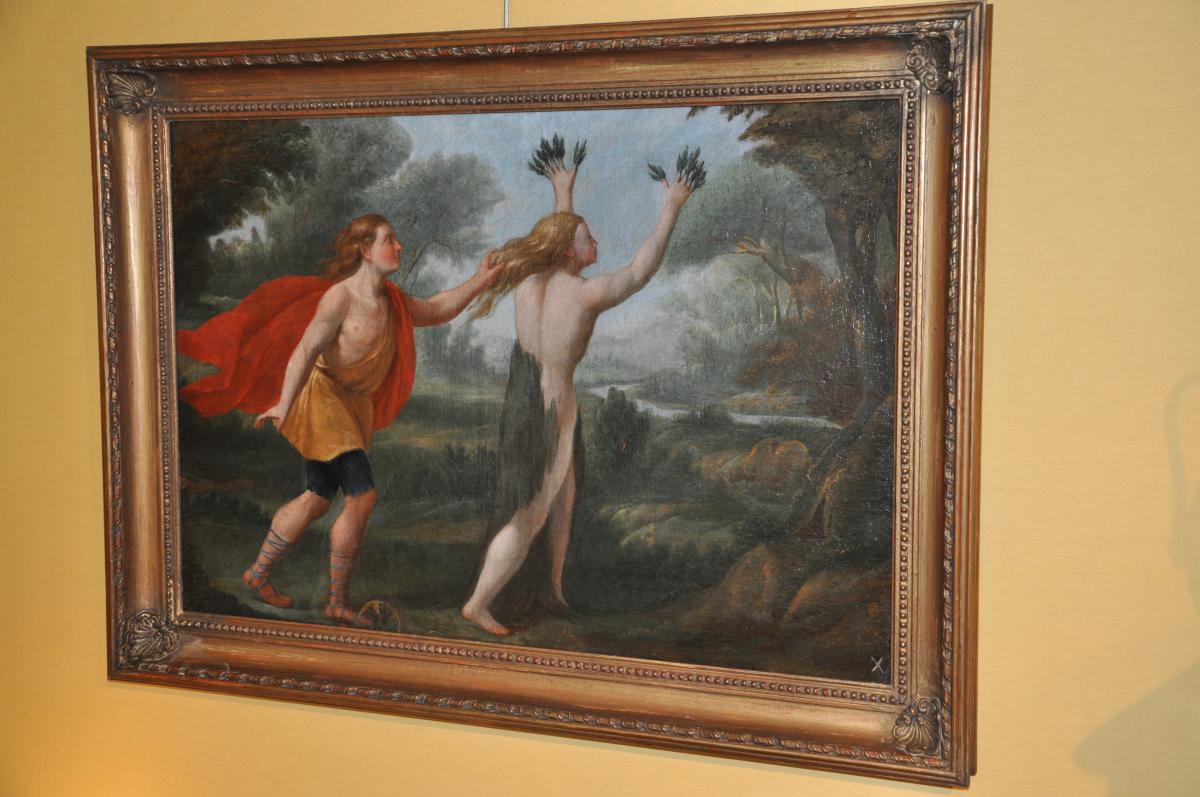



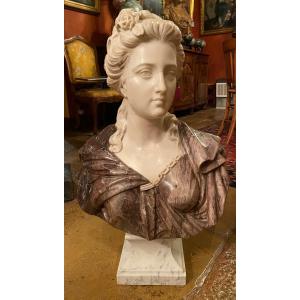

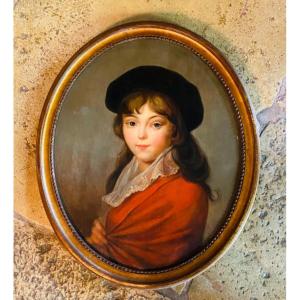



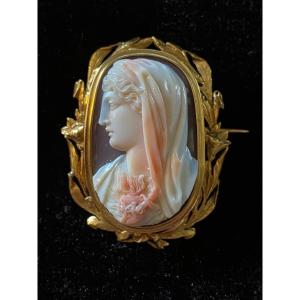
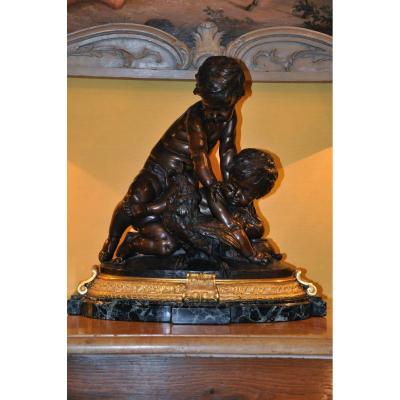

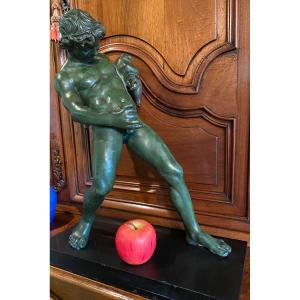


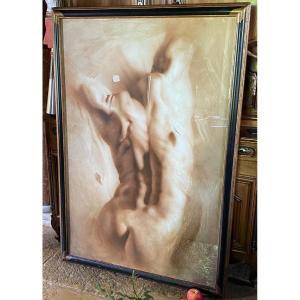










 Le Magazine
Le Magazine Rivista Artiquariato
Rivista Artiquariato TRÉSORS magazine
TRÉSORS magazine